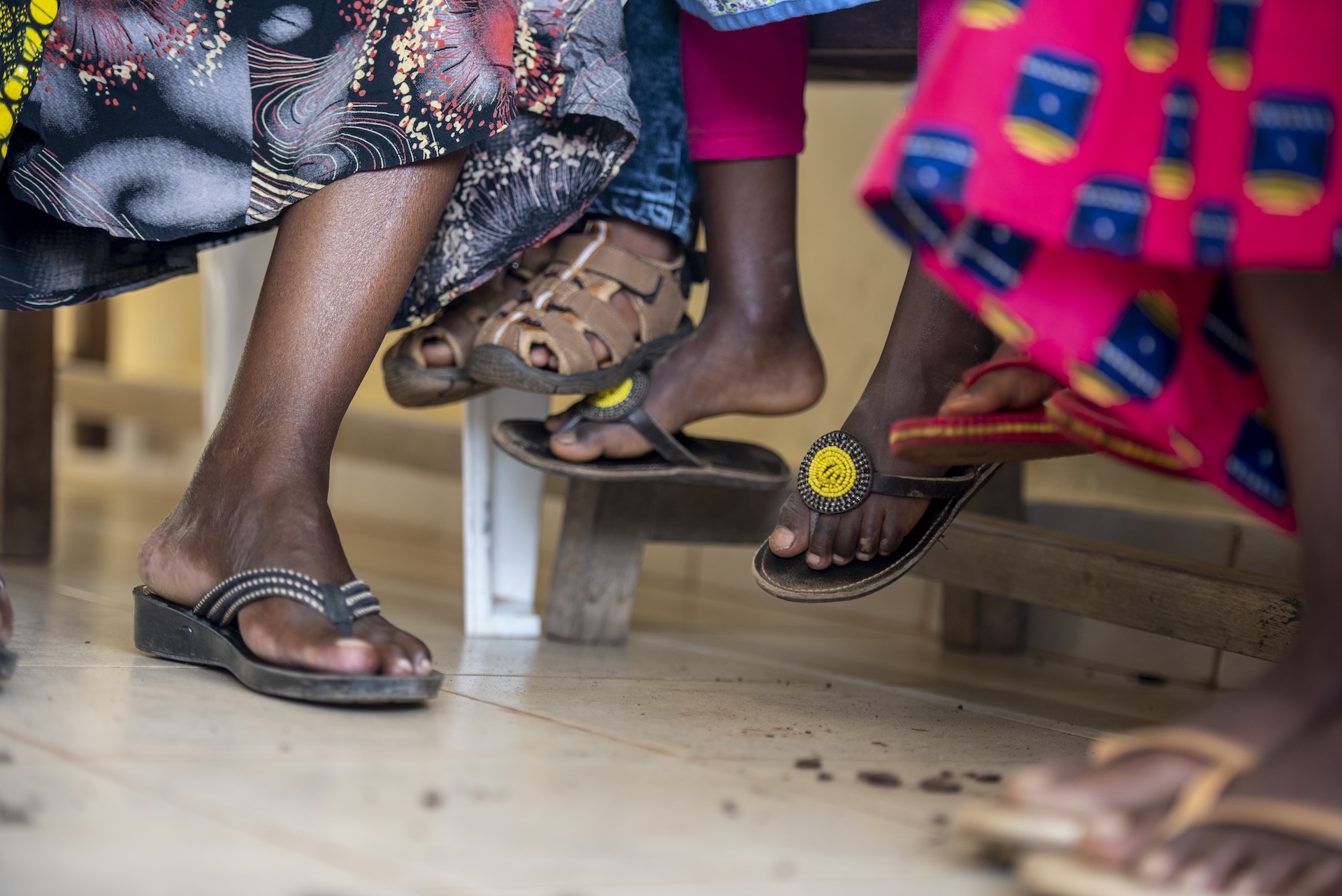Introduction
Even in the context of widespread access to prevention of vertical HIV transmission (PVT) services, health system challenges compromise health outcomes for women living with HIV and their children. The “Integrated Management Team to Improve Maternal-Child Outcomes” (IMPROVE) study measured the effect of a package of facility-based interventions on PVT and maternal and child health (MCH) outcomes in Lesotho.
Methods
This cluster-randomized study included six facilities randomized to the standard-of-care and six to the IMPROVE intervention. The intervention included multidisciplinary teams of health care and community workers providing MCH support, training in patient-centered care, and additional home support. Pregnant women with and without HIV were enrolled at their first antenatal visit and followed through 12–24 months postpartum with their infants. Data were collected through participant interviews and routine medical record abstraction. Primary outcomes included viral suppression and adherence to antiretroviral therapy (ART) for women with HIV and repeat HIV testing for women without HIV. Analysis utilized generalized estimating equations (GEE) adjusted for intra-site correlation.
Results
Between July 2016 and February 2017, 614 pregnant women with HIV and 390 without HIV were enrolled. At 12 months postpartum, over 90% of women with HIV with viral load (VL) testing had a VL < 1,000 copies/mL; the intervention arm had a trend toward higher proportion with undetectable VL (< 50 copies/mL) compared to the control arm [83% versus 72%, OR 1.9 (95% CI 0.86–4.14)]. Women with HIV in the intervention arm had significantly higher odds of consistent adherence to ART [OR 1.81 (95% CI 1.03–3.18)], and women without HIV in the intervention arm had significantly higher odds of being re-tested for HIV prior to delivery [OR 1.95 (95% CI 1.23–3.08)].
Conclusion
Sites that implemented the IMPROVE intervention documented better PVT and MCH outcomes than sites implementing standard-of-care. This package of facility based interventions is a promising and easily scalable model for improving coordination, quality, and uptake of services within the existing health system.
Greenberg L, Tukei VJ, Hoffman HJ, Thabelo R, Mots’oane T, Nchephe M, Chabela M, Masitha M, Mokone M, Knowlton A, Viana S, Mofenson L, Tiam A
and Guay L (2025) Effectiveness of a multi-component facility-based intervention on HIV-related infant and maternal outcomes: results from the IMPROVE clustered randomized study. Front. Med. 12:1521564. doi: 10.3389/fmed.2025.1521564




